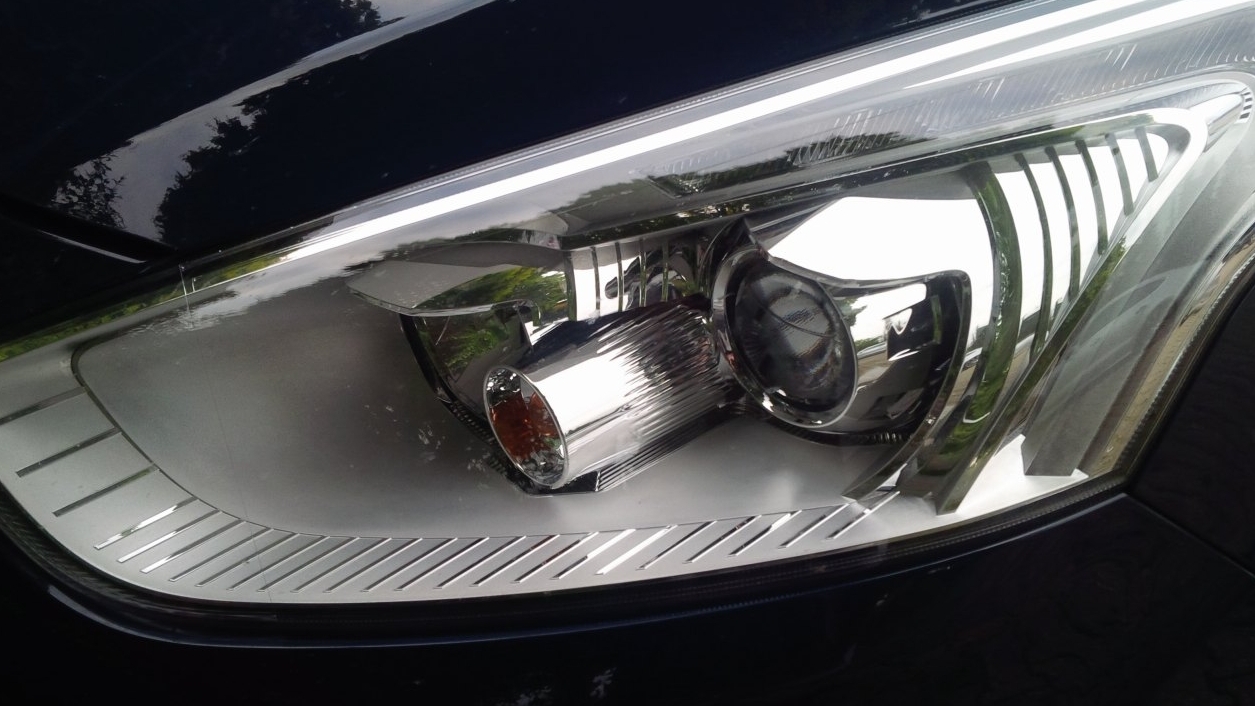Due to the installation of a constantly growing number of sensors in combination with the limited availability of exposed measuring points in modern vehicle assistance systems, there is hardly any installation space available for the installation of sensors.
Together with partners, the Fraunhofer Institute for Organic Electronics, Electron Beam and Plasma Technology FEP developed radar sensors that can be integrated into the headlights of a car in the "RadarGlass" project (FKZ: 03VP03202 FEP) funded by the Federal Ministry of Education and Research BMBF. By integrating them into the headlights, they are protected from snow, ice and rain and the outer vehicle shell is not affected.
Scientists at the Fraunhofer FEP and their project partners initially investigated which thin-film system could be used to control radar waves with low loss without restricting the lighting task of the headlights. To this end, a thin, transparent functional coating was developed for an assembly mounted in the headlamp, with which the radar beams can be specifically shaped and directed. In order to guide and shape the propagation of the radar beams, small areas of the coating must be precisely structured using a laser so that they can act as antennas for the radar waves. The thin-film system developed as part of the project is almost transparent in the visible range and can also shape high-frequency waves. The coating leaves the color of the light source unchanged and can withstand temperature fluctuations between -30 °C and +120 °C.


